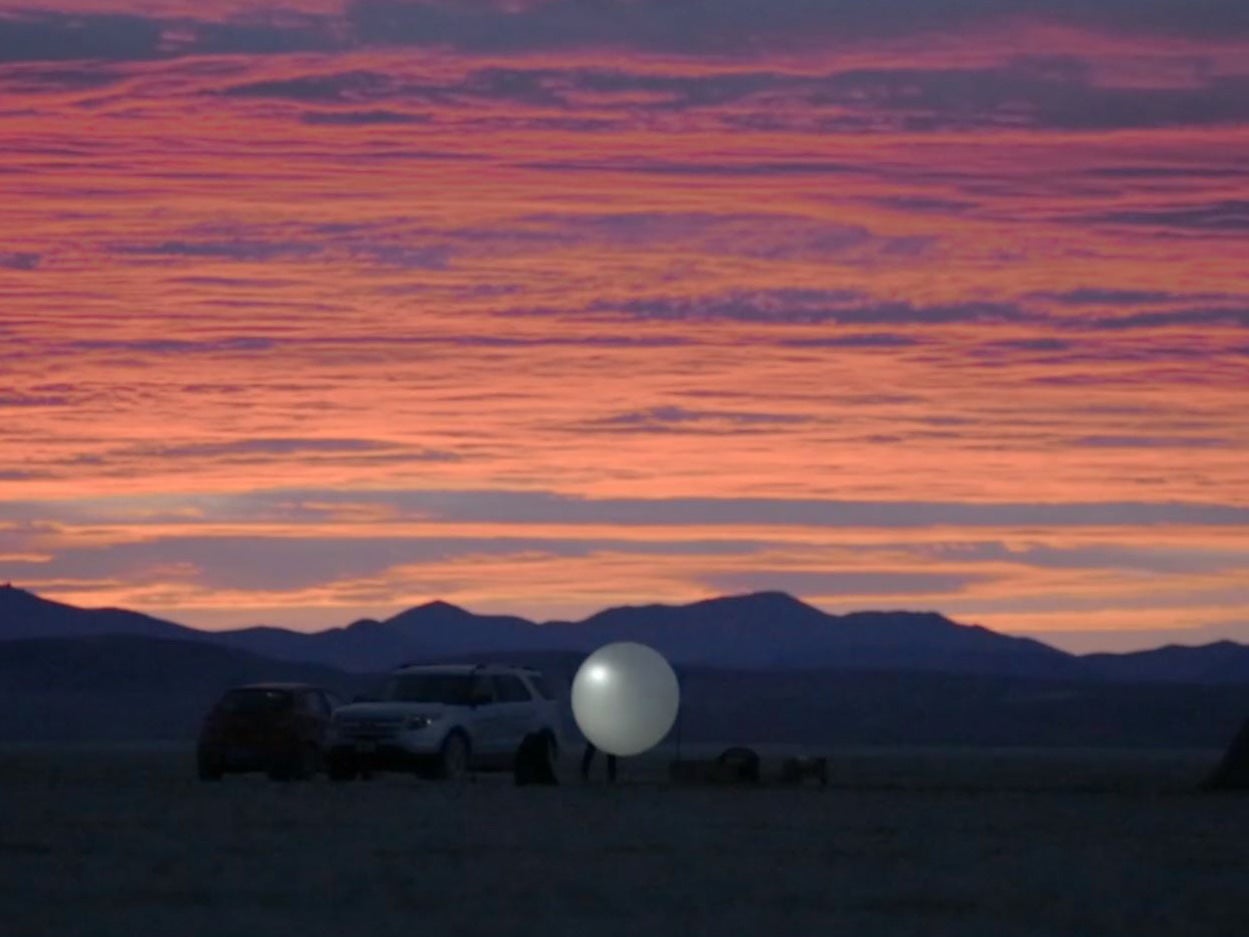The Independent's journalism is supported by our readers. When you purchase through links on our site, we may earn commission.
Scale model of Solar System shows Earth's place in the universe like never before
Only 24 people in history have seen the full circle of the Earth for themselves

Your support helps us to tell the story
From reproductive rights to climate change to Big Tech, The Independent is on the ground when the story is developing. Whether it's investigating the financials of Elon Musk's pro-Trump PAC or producing our latest documentary, 'The A Word', which shines a light on the American women fighting for reproductive rights, we know how important it is to parse out the facts from the messaging.
At such a critical moment in US history, we need reporters on the ground. Your donation allows us to keep sending journalists to speak to both sides of the story.
The Independent is trusted by Americans across the entire political spectrum. And unlike many other quality news outlets, we choose not to lock Americans out of our reporting and analysis with paywalls. We believe quality journalism should be available to everyone, paid for by those who can afford it.
Your support makes all the difference.A team of filmmakers in the US have made the first ever scale model of the Solar System in a Nevada desert.
Wylie Overstreet and Alex Gorosh went to the Black Rock Desert, where Burning Man is held each year, and used the dry lakebed to build a full, three dimensional scale model of the Solar System complete with planetary orbits.
The team had 36 hours to construct and film their project, including a time lapse video to demonstrate the scale of the planets' orbits. The result is a captivating short film.
Illustrations of the Earth and moon show the two to be quite close together, Mr Overstreet said. This is inaccurate, the reason being that these images are not to scale.
"There is literally not an image that shows you what it looks like out there," Mr Overstreet said.
"The only way to see a scale model of the Solar System is to build one."
With an Earth model just the size of a marble, they needed seven miles of empty space to show the whole planetary network. The Sun model was about a meter and a half wide.
The team used a drone to capture their model from above, showing it as it would look from the edge of the Solar System.
At sunrise they confirmed that the proportions were accurate by showing how the perspective of the model Sun and the actual Sun were the same size when looking from the model Earth's orbit.
The filmmaking duo made the model because "it’s never been done before, and we felt like it," Mr Overstreet said.
They hope that the model will give "a true illustration of our place in the universe".
"That’s what I really wanted to try to capture," Mr Overstreet said. "We are on a marble floating in the middle of nothing. When you come face-to-face with that it’s staggering."
Mr Overstreet and Mr Gorosh are continuing to create a series of short science films examining scientific facts which are difficult to comprehend or visualise. Next is the concept of deep time.
Join our commenting forum
Join thought-provoking conversations, follow other Independent readers and see their replies
Comments